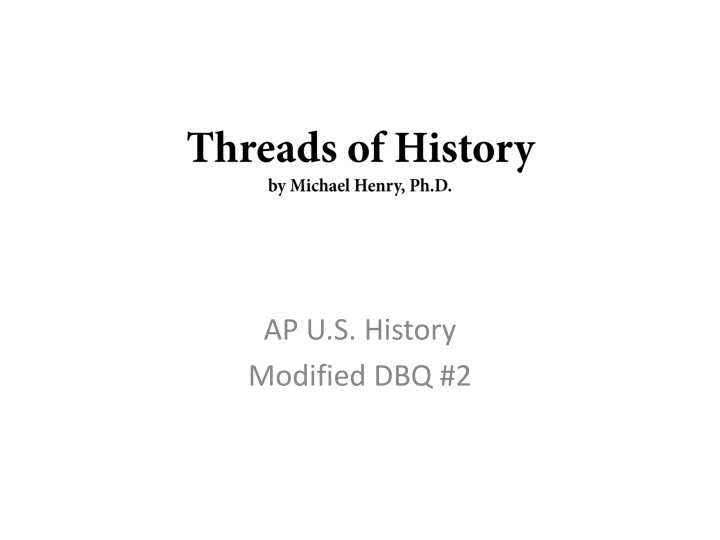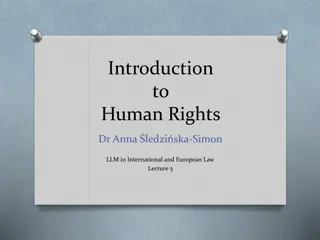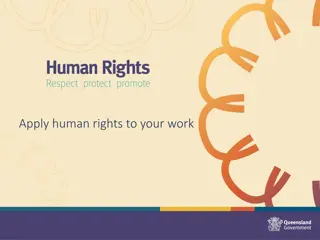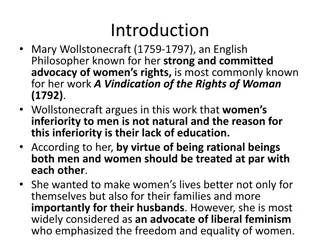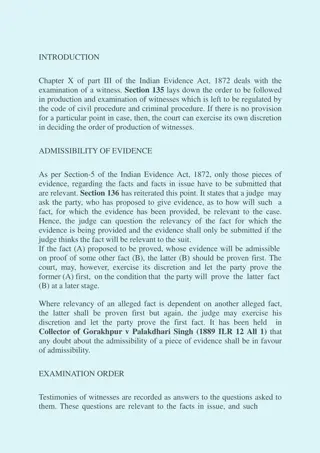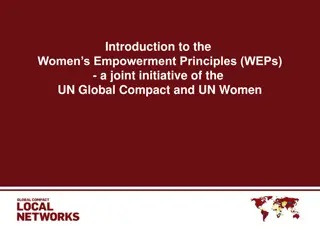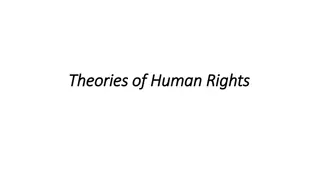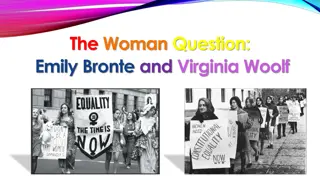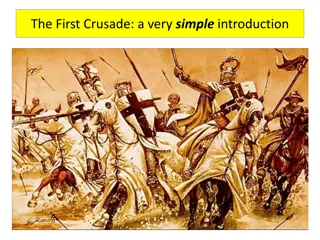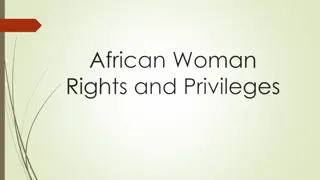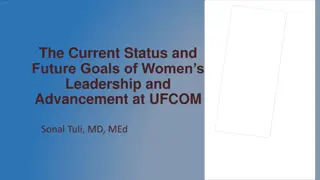Evolution of Women's Rights Crusade 1848-1872
Strategies and supporters in the crusade for women's rights underwent significant changes from 1848 to 1872 as seen through documents from Seneca Falls Convention, Susan B. Anthony, and Elizabeth Cady Stanton. The push for equality and empowerment evolved in approach and personnel, influenced by societal shifts and emerging ideologies.
Download Presentation

Please find below an Image/Link to download the presentation.
The content on the website is provided AS IS for your information and personal use only. It may not be sold, licensed, or shared on other websites without obtaining consent from the author.If you encounter any issues during the download, it is possible that the publisher has removed the file from their server.
You are allowed to download the files provided on this website for personal or commercial use, subject to the condition that they are used lawfully. All files are the property of their respective owners.
The content on the website is provided AS IS for your information and personal use only. It may not be sold, licensed, or shared on other websites without obtaining consent from the author.
E N D
Presentation Transcript
AP U.S. History Modified DBQ #2
Womens Rights, 18481872 Exercise Question: How did the strategies and supporters in the crusade for the rights of women change from 1848 1872? What factors account for this evolution in approach and personnel?
Document 1 Source: Proceedings from Woman s Rights Convention, Seneca Falls, New York, July 19-21, 1848 We hold these truths to be self-evident: all men and women are created equal; that they are endowed by their Creator with certain inalienable rights; that among these are life, liberty and the pursuit of happiness; that to secure these rights governments are instituted, deriving their just powers from the consent of the governed The history of mankind is a history of repeated injuries and usurpations on the part of man toward woman, having in direct object the establishment of absolute tyranny over her.
Document 2 Source: Letter, Susan B. Anthony to Amelia Bloomer, August 26, 1852 Dear Mrs. Bloomer: ...I attended the great Temperance demonstration held at Albion, July 7... I talked to them in my plain way, told them that to merely relieve the suffering wives and children of drunkards, and vainly labor to reform the drunkard was no longer to be called temperance work, and showed them that woman s temperance sentiments were not truthfully represented by man at the Ballot Box... ...Men may prate on, but we women are beginning to know that the life and happiness of a woman is of equal value with that of a (cont d)
Document 2 (contd) man; and that for a woman to sacrifice her health, happiness and perchance her earthly existence in the hope of reclaiming a drunken, sensualized man, avails but little ... Auxiliary Temperance Societies have been formed in very nearly all the towns I have visited and the women are beginning to feel that they have something to do in the Temperance Cause that woman may speak and act in public as well as in the home circle and now is the time to inscribe upon our banner, NO UNION WITH DISTILLERS, RUMSELLERS, AND RUMDRINKERS. Yours for Temperance without Compromise, S. B. Anthony
Document 3 Source: Address by Elizabeth Cady Stanton to the American Anti-Slavery Society, May 8, 1860 But in settling the question of negro s rights, we find out the exact limits of our own, for rights never clash or interfere; and where no individual in a community is denied his rights the mass are the more perfectly protected in theirs ... so the humblest and most ignorant citizen cannot be denied his rights without deranging the whole system of government. I have always regarded Garrison [William Lloyd] as the great missionary of the gospel of Jesus to this guilty nation, for he has waged an uncompromising warfare with the deadly sins of both Church and State. ... In the darkness and gloom of a false theology, I was slowly sawing off the chains of my spiritual bondage, when, for the first time, I met Garrison in London; a few bold strokes from the hammer of his truth, I was free ... To Garrison we owe more than to any other man of our day...
Document 4 Source: Report, Eleventh National Woman s Rights Convention, May 10, 1866 Whereas, By the act of Emancipation and the Civil Rights bill, the negro and woman now hold the same civil and political status, alike needing only the ballot; and whereas the same arguments apply equally to both classes, proving all partial legislation to republican institutions, therefore... ...we have looked to State action only for the recognition of our rights; but now, by the results of the war, the whole question of suffrage reverts back to Congress and the Constitution. The duty of Congress at this moment is to declare what shall be the basis of representation in a republican form of government ... We, therefore, wish to broaden our Woman s Rights platform, and make it in name what it ever has been in spirit a Human Rights platform.
Document 5 Source: Speech, Frederick Douglass, American Equal Rights Convention, May 12, 1869 With us [the black man], the matter is a question of life and death, at least, in fifteen States of the Union. When women, because they are women, are hunted down through ... New York and New Orleans; when they are dragged from their houses and hung upon lampposts; when their children are torn from their arms, and their brains dashed out upon the pavement; when they are objects of insult and outrage at every turn; when they are in danger of having their homes burnt down over their heads; when their children are not allowed to enter schools; then they will have an urgency to obtain the ballot equal to our own.
